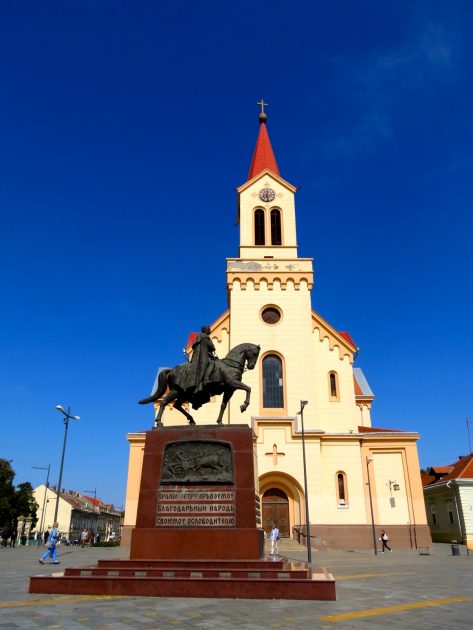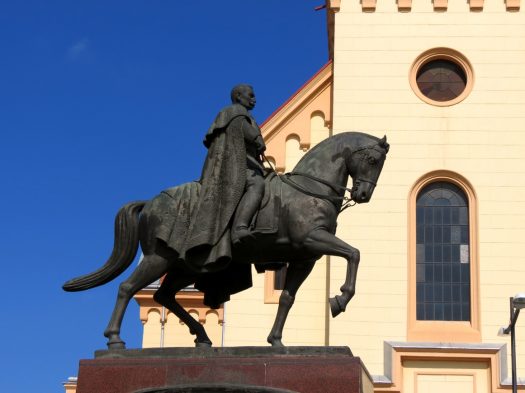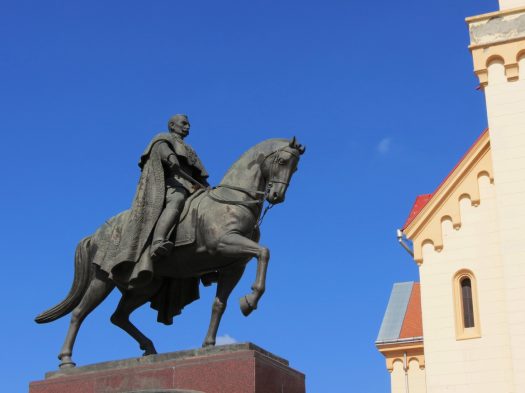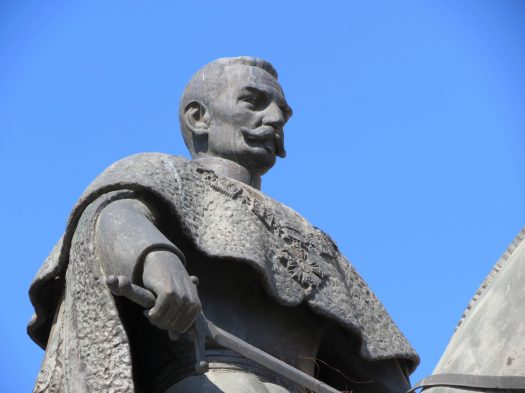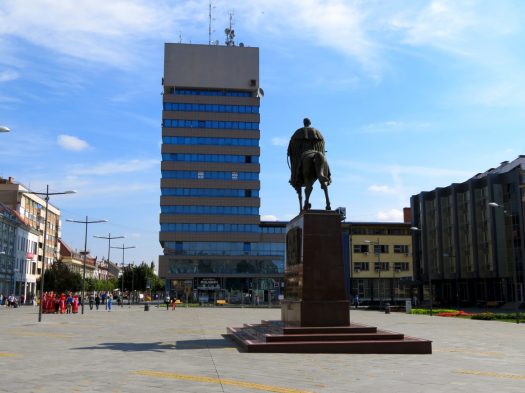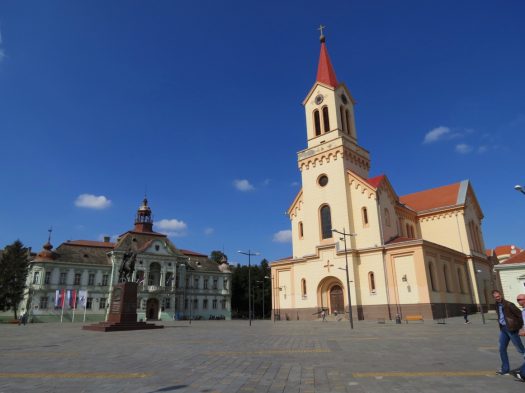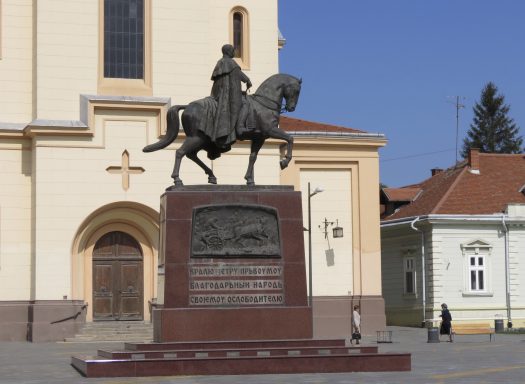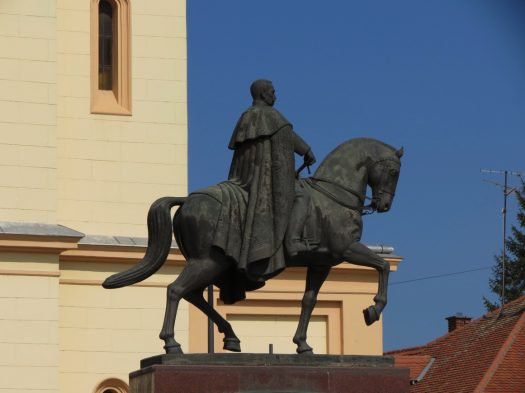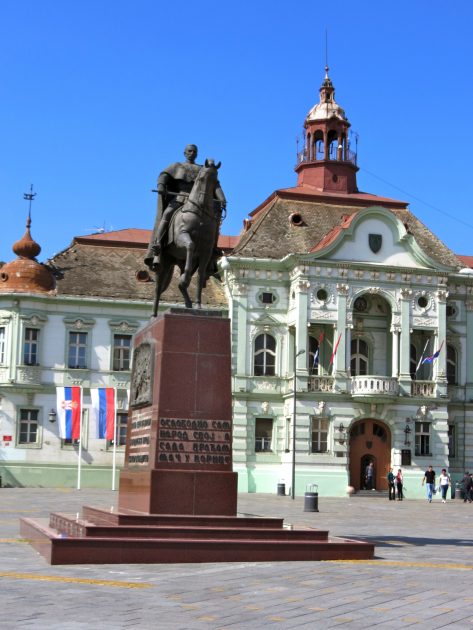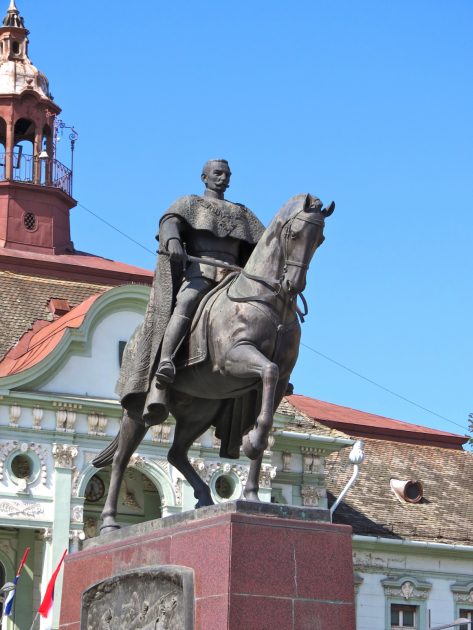The Karađorđević (Karadjordjevic) is a Serb dynastic family, founded by Karadorde Petrovic the Veliki Vožd(“Grand Leader”) of Serbia in the early 1800s during the First Serbian uprising. The relatively short-lived dynasty was supported by the Russian empire and was opposed to the Austria-Hungary supported Obrenovic dynasty. After Karađorđe’s assassination in 1817, Milos Obrenovic, founded the House of Obrenović. The two houses subsequently traded the throne for several generations. Following the assassination of Alexander in 1903, the Serbian Parliament chose Karađorđe’s grandson,Petar I Karadjordjevic, then living in exile, for the throne of the Kingdom of Serbia. He was duly crowned as King Peter I, and shortly before the end of WW I representatives of the three peoples proclaimed a Kingdom of Serbs, Croats and Slovenes with Peter I as sovereign. In 1929, the Kingdom was renamed Yugoslavia under Alexander I, the son of Peter I. In November 1945, the throne was lost when the communists seized power, during the reign of Peter II.
Dozens of monuments erected in his honor throughout Yugoslavia were destroyed after the communist takeover in 1945. Only one monument, in Zrenjanin (former Petrovgrad) was recently restored, as well as several smaller monuments in Belgrade and the rest of Serbia. Other monuments in honour of King Peter I were restored or erected in Bosnia-Herzegovina where his cult status as a national hero is as strong as it is in Serbia.
This equestrian statue was unveiled in 1926, demolished in 1946 and restored in 2004.
